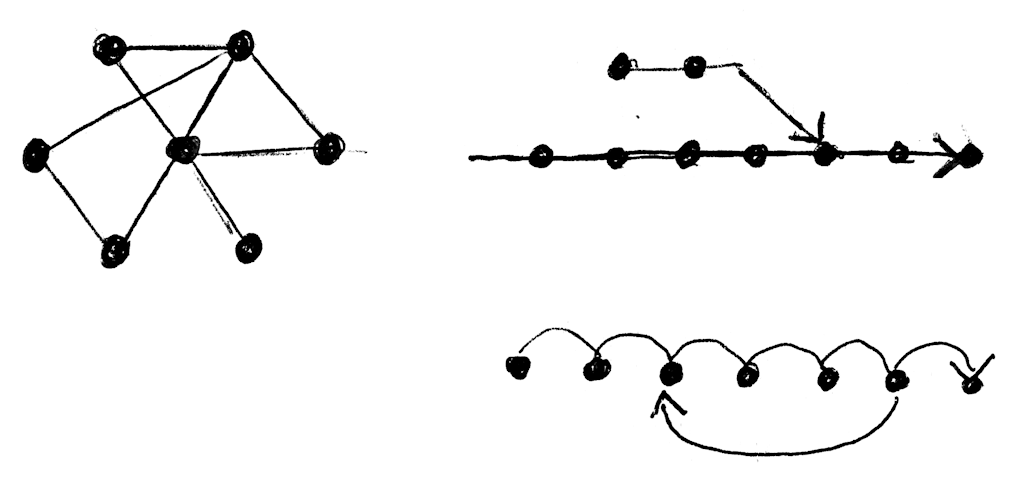In the introduction to Blood in the Machine, Brian Merchant points out that the workers who started smashing machines at the turn of the 19th century had never been taught to see technology as inherently progressive.
We have. And not just that. Also that technological change – or ‘development’ – is both unavoidable and desirable.
For some reason this remark reminds me of the architecture students I’m working with at the moment who’ve been given a brief to design ‘a sustainable home’. Many of them are designing massive mansions. Constructed of rammed earth, or floating on water to be climate-resilient, but hardly ‘sustainable’. All of them, I think, are designing free-standing single household houses. And most wouldn’t even house a family, they’re one bedroom affairs, perhaps with a study.
Isn’t a sustainable home by definition a collective home? Something terraced, small, or built for collective or multi-generational living?
It really strikes me how little even those in a creative and in some ways highly socially conscious and critical field such as architecture seem to be thinking of redesigning the way we live. The form of our technology.
Perhaps that why that remark by Merchant brings up this experience: the ingrained assumption that the technology and design of society are one some fixed, natural, unavoidable path. We’re just along for the ride. With little more agency that to build a fantasy mansion or two.



